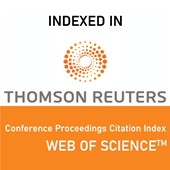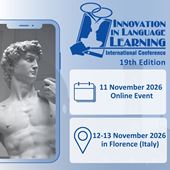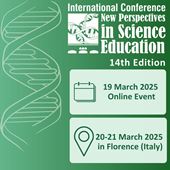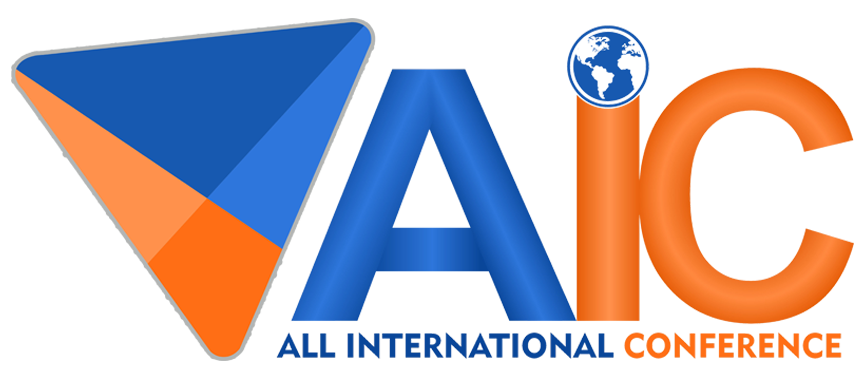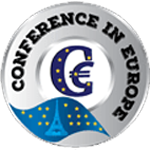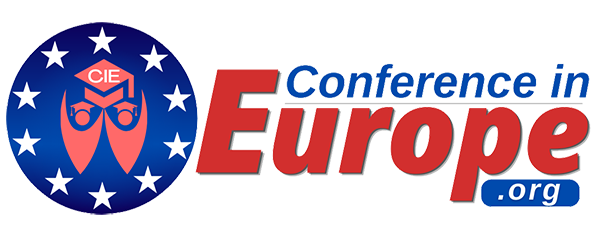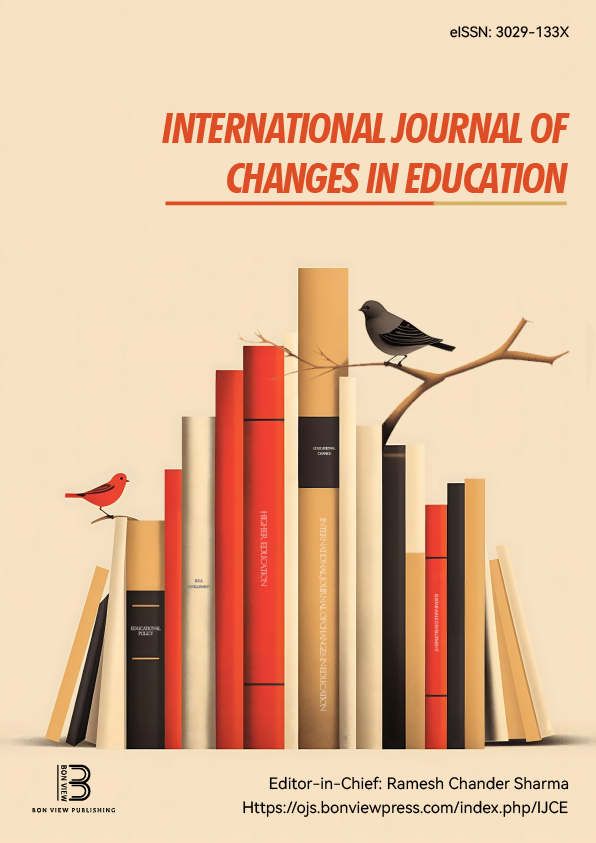Bridging Physical and Digital: An Engaging Connected Board Game for Bilingual Language Instruction and Furthered Classroom Inclusion
Donia Stellini, Department of Human Communication Sciences and Disorders, Faculty of Health Sciences, University of Malta (Malta)
Daniela Gatt, Department of Human Communication Sciences and Disorders, Faculty of Health Sciences, University of Malta (Malta)
Helen Grech, Department of Human Communication Sciences and Disorders, Faculty of Health Sciences, University of Malta (Malta)
Philip Farrugia, Department of Industrial and Manufacturing Engineering, Faculty of Engineering, University of Malta (Malta)
Edward Abela, Department of Industrial and Manufacturing Engineering, Faculty of Engineering, University of Malta (Malta)
Abstract
The use of gamified and "phygital" materials in language therapy and education is growing as an inclusive approach to reach varied learners in multilingual contexts (Xu, 2025). Children with Developmental Language Disorder (DLD) and sequential bilinguals often struggle to integrate into mainstream bilingual classrooms where instructional materials may not be aligned with their language capacities and needs (Dam et al., 2020). This study explores the evaluation of "Olly's Adventures: A City of Two Languages", a bilingual board game accompanied by a digital application, which was co-designed by speech and language pathologists with and for Maltese-English bilingual children aged 5–8. The game was initially intended for use in language therapy. Developed through the use of user-centred design principles (Bortwick, 2022), the tool aims to bridge play-based therapy and digital interaction, enhancing engagement and flexibility. Evaluated through a mixed-methods approach involving 127 participants (speech-language pathologists [SLPs], caregivers, and typically developing children), the study gathered data from focus groups, surveys, and observations of gameplay. Caregivers reported significantly greater satisfaction with the child's progress (mean rank = 19.65) compared to speech-language pathologists (mean rank = 7.20, p < .001). They also rated child satisfaction (mean rank = 19.68) and the companion app (mean rank = 19.83) significantly higher than SLPs (mean ranks = 7.15 and 6.85, respectively, p < .001). SLPs recognised the tool’s therapeutic potential but requested further customisation options and clearer clinical guidance. Importantly, participants envisioned the tool's usefulness as a potential push-in support tool, facilitating language scaffolding and enrichment in the classroom without removing children with language difficulties from the mainstream learning environment. The game's language flexibility and relatable pictorial environments were considered to be particularly beneficial for those children learning Maltese or English as a foreign language, offering support for sequential bilinguals as well as children with DLD. Preliminary evidence suggests that the game promotes holistic language development. It encourages continuity across home, classroom, and therapy, supporting a collaborative model of intervention.
|
Keywords |
Bilingual Education, Speech and Language Therapy, User-Centred Design, Gamification, Connected Technology. |
|
REFERENCES |
[1] Borthwick, M., Tomitsch, M., & Gaughwin, M. (2022). From human-centred to life-centred design: Considering environmental and ethical concerns in the design of interactive products. Journal of Responsible Technology, 10, http://dx.doi.org/10.1016/j.jrt.2022.100032 . [2] Dam, Q., Pham, G. T., Pruitt-Lord, S., Limon-Hernandez, J., & Goodwiler, C. (2020). Capitalizing on cross-language similarities in intervention with bilingual children. Journal of communication disorders, 87, https://doi.org/10.1016/j.jcomdis.2020.106004 [3] Xu, L. (2025). Bridging computer-assisted language learning and cultural approaches: AI-powered game and VR solutions for less commonly taught languages (Doctoral dissertation, Dublin City University). |
 The Future of Education
The Future of Education
